
Amidst Jaipur, Rajasthan, is Albert Hall Museum, a massive blend of history, art, and architectural magnificence. Committed to being Rajasthan's first museum, this one is a time treasure packed with artefacts, paintings, sculptures, and culture. It is also known as the State Museum of Rajasthan and attracts thousands of visitors every year, giving a glimpse into India's vast cultural and artistic heritage. Being a repository of collection and history, it is an absolute must-see for tourists, historians, and artists.
Albert Hall Museum was ordered in 1876 by then Prince Albert Edward of Wales during his visit to India. It was constructed with an Indo-Saracenic flavor and was designed by Sir Samuel Swinton Jacob and was opened to the public in 1887. It was originally designed as a town hall but was later, during the rule of Maharaja Sawai Madho Singh II, converted into a museum to provide space for the successful history of Rajasthan.
The choice to build a museum, and not a town hall, was a visionary one as it was an attempt at highlighting and conserving Rajasthan's cultural and artistic heritage. The museum has also increased its collection over the years so that people from all parts of the world can now witness the glory of India's past.
Albert Hall Museum is a beautiful specimen of Indo-Saracenic architecture with slender arches, domes, and carvings. It is a blend of Rajput, Mughal, and European architecture, therefore, an eye-treat. Sandstone façade of the museum, slender jali work (latticework), and elaborate frescoes are some of the additions that contribute to the architectural splendor of the building.
The most striking feature of this museum is its lavishly decorated central dome flanked by smaller domes and chhatris (canopy domes) to create an illusion of Rajasthani opulence. The interior also tries to be as enthralling, with intricately coloured corridors, pillared embellishments, and carefully planned galleries for a holistic experience.
In the evening, the illuminated museum appears stunning to see and one of Jaipur's finest offerings. Light and darkness reflected by design on its intricate design makes it even more beautiful, and thereby becomes a tourist and photography zone numero uno also.
Innumerable museum pieces, manuscripts, sculptures, fabrics, and paintings collections are stored here. Some of the finest exhibits are:
1. Ancient and Medieval Relics
2. Egyptian Mummy
3. Miniature Paintings
4. Textiles and Costumes
5. Musical Instruments and Arms
Albert Hall Museum is the focal institution of conservation and promotion of Rajasthan's cultural and historical heritage. It is a learning center for art enthusiast students and historians, offering information regarding Indian history. There are workshops, cultural events, and exhibitions in the museum, thus, an interactive learning and appreciation center.
Apart from being a hub of art and history, the museum is also a destination for tourists, welcoming tourists globally. Its collections give people the chance to travel back in time and experience various aspects of Indian heritage. The museum is also a leading driver of the tourism industry in Jaipur, and the preservation of cultural sites made easy.
The museum is located at Ram Niwas Garden, Jaipur, so easily reachable from any point of the city. Nearby sightseeing spots such as Hawa Mahal, City Palace, and Jantar Mantar are within arm's reach.
Operational on all days between 9:00 AM and 5:00 PM.
Night tourism from 7:00 PM to 10:00 PM.
Optimum time to visit is from October to March when the climate is good to visit places.
Free entry on certain national festivals like Rajasthan Day and World Heritage Day.
Albert Hall Museum is a must-see destination for art enthusiasts, history enthusiasts, and travelers visiting Jaipur. Its grandiose building, quirky array of objects, and historical value qualify it as an incomparable example of Rajasthan's rich cultural heritage. As an aficionado of fine arts, as a history student, or as a tourist in quest of India's immense heritage, this museum is a rewarding experience that will leave its impression.
By stepping into the museum, you not only witness the work of the bygones but also help in the preservation of the nation's thick fabric of cultural heritage. The next time when you plan your visit to Jaipur, please do ensure that Albert Hall Museum finds a mention in your agenda for a walk down the past and tradition that you would not like to give a miss to.
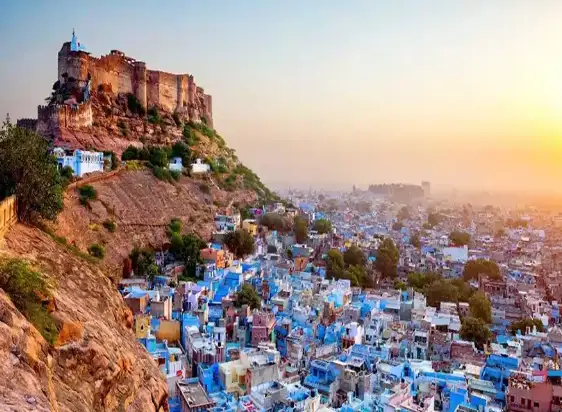
10 must-see places in Jodhpur

Govind Dev Ji Temple Jaipur
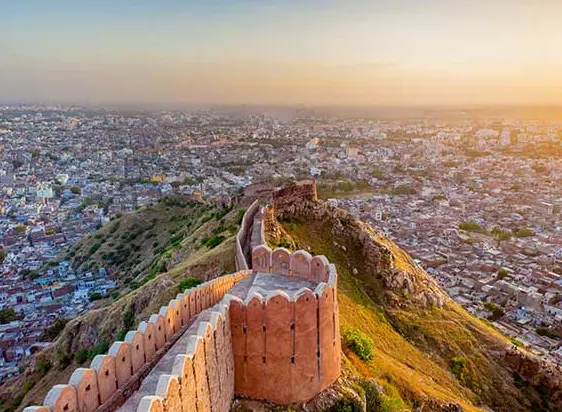
Nahargarh Fort Jaipur

Albert Hall Museum Jaipur
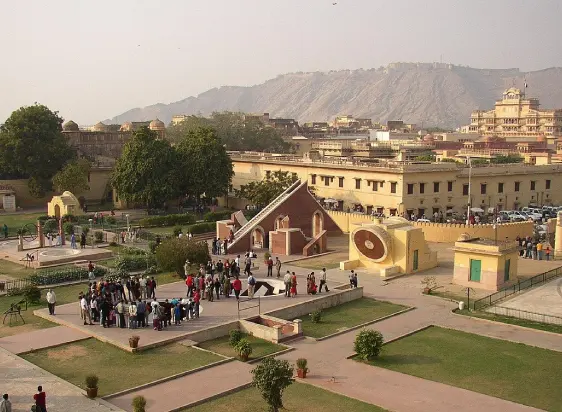
Jantar Mantar Jaipur

Jaigarh Fort Jaipur
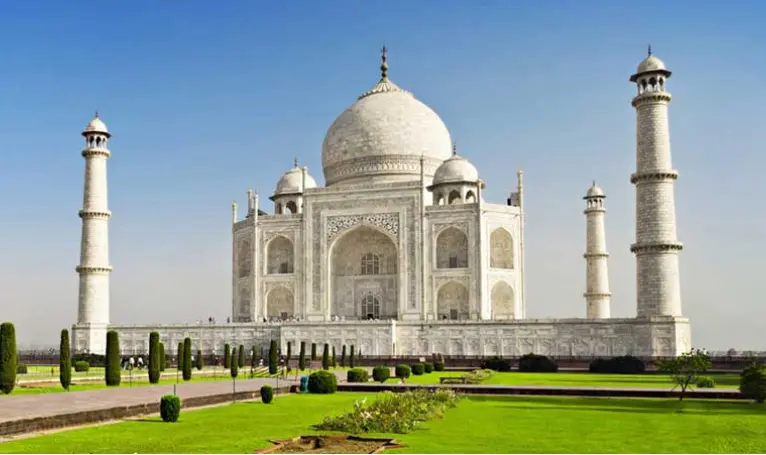
Places to visit in Golden Triangle India

Places to visit in India

Ultimate Guide to the Golden Triangle Tour

Places to visit in Agra

Places to Visit in Delhi

City Palace Jaipur

Rambagh Palace Jaipur

Hawa Mahal Jaipur

Amer Fort Jaipur

Jal Mahal Jaipur

Best Places to Visit in Jaipur

Best Places to Visit in Jaisalmer
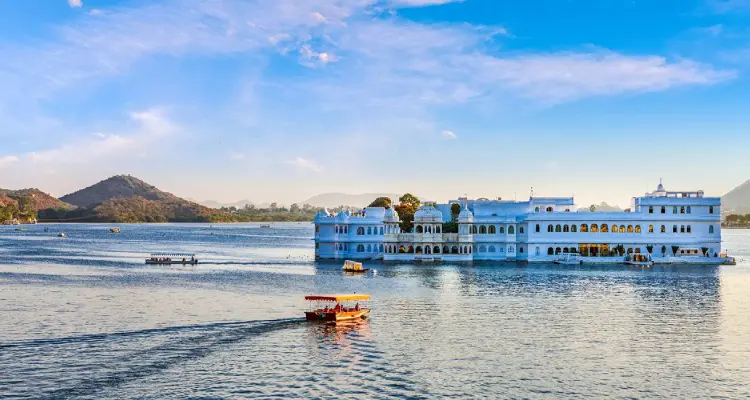
Best Places to Visit in Udaipur
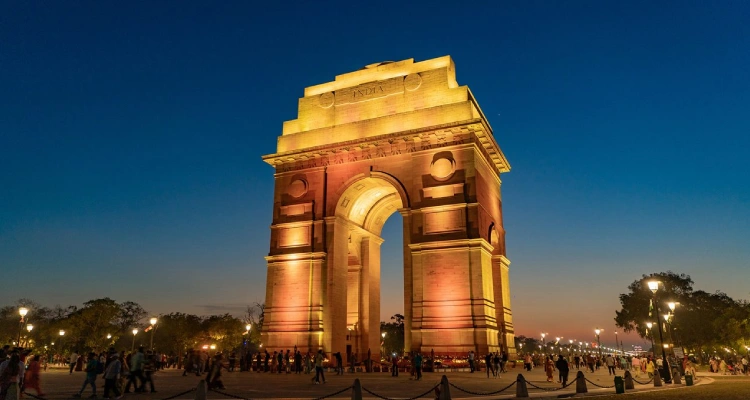
Tour And Travels in India

Tips for Solo Female Travelers in Rajasthan

Discover the Unseen Places in Rajasthan